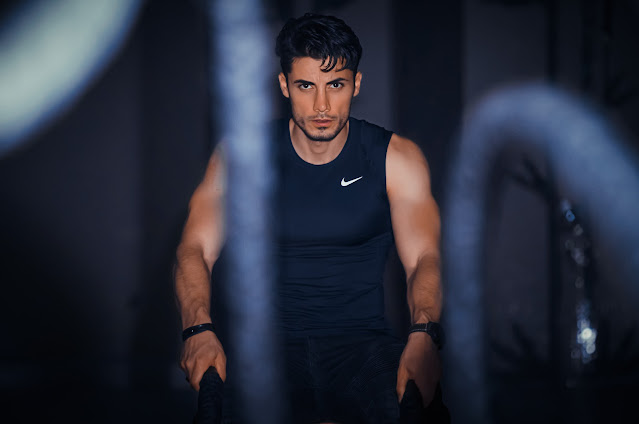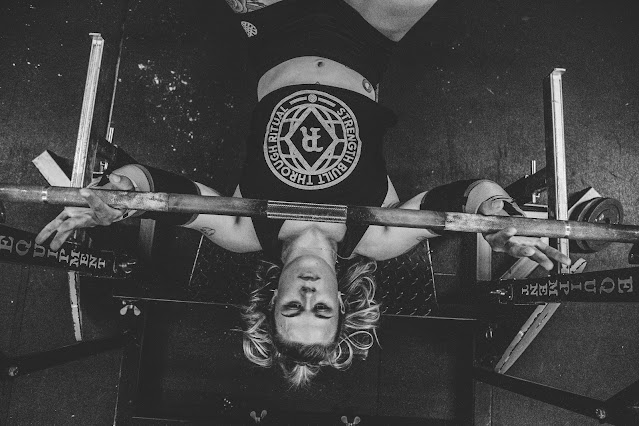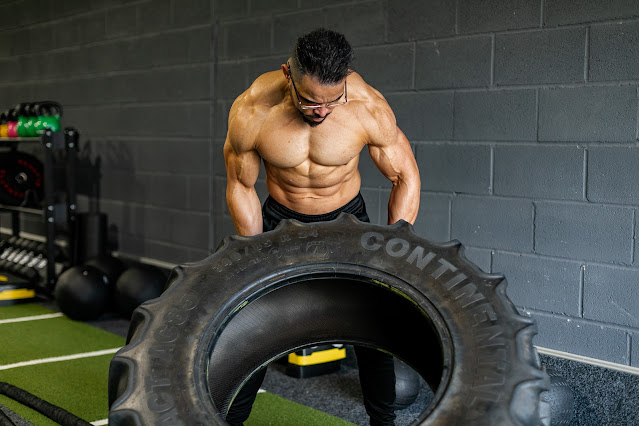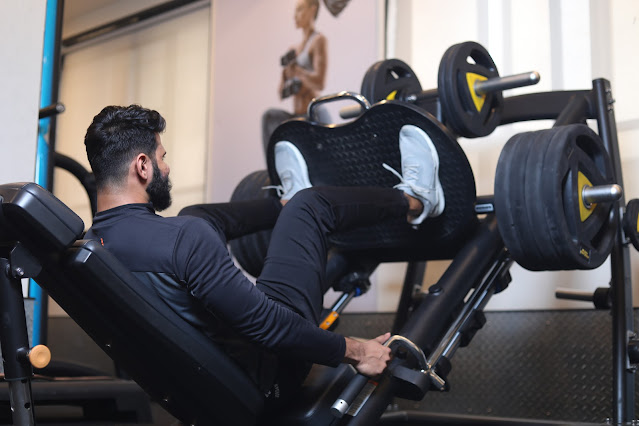HOW TO DO THE PERFECT PUSH PULL LEGS WORKOUT
Perform three to four sets of eight to twelve repetitions of each exercise. Focus on the muscles you want to train throughout each rep and rest for 60–90 seconds between sets (this will help in mind-muscle connection). A proper warm-up is an absolute must before lifting any significant weight. Jumping in and doing sets with the heaviest weights you can lift is a surefire way to hurt yourself. To get your heart rate up for the workout, do any form of cardio for at least five minutes beforehand.
Investing in a high-quality multisport watch or heart rate monitor is a great method to keep tabs on your vitals during physical activity. Useful for monitoring your training load, these wearables can provide insight into your body's fitness requirements and aid in your development. The companion applications are also quite helpful, since they allow you to track your progress and receive personalised feedback.
It's also helpful to have a training partner for major complex movements (like deadlifts and squats). Working out with a partner is not only safer, but also more inspiring. It's important to stay hydrated, so don't forget to sip water as you work out.
You should do a bench press, also known as a flat bench press or a barbell or dumbbell bench press, using either a barbell or a pair of dumbbells. Before you pull the weight off the rack, be sure your core is engaged.
On push days, the greatest exercise to target your shoulders is the overhead press. To do this exercise you may use barbells or dumbbells.
Triceps dips (bodyweight): If it is too difficult for you and you aren't able to perform bodyweight dips at home, you may utilise an aided dip machine at gym instead. Or if you discover that performing bodyweight dips at home is too challenging for you, you may perform dips on the floor using press-up bars at gym instead.
Incline bench press (dumbbell): This exercise can also be done with a barbell or a pair of dumbbells. Don't raise the bench too much, or you'll be working your shoulders more than your chest.
Chest flys with dumbbells This may be performed on a pec fly machine (sitting) or even a cable machine (standing). If you are using dumbbells, lie on a bench as if you were performing a bench press and lower your arms to your sides. Dropping them too low might cause you to hurt your shoulder.
The E-Z bar "skull crushers" (narrow overhand grip) may also be performed with dumbbells (use hammer grip). As you stretch your arms, your elbows should be pointed upward, not outward.
Abs rollouts may be performed using a barbell if there is no ab roller available in the gym. Definitely utilise a more compact ab roller at home.
Pull-up (wide grip): If bodyweight pull-ups are too difficult for you, you may utilise the aided pull-up machine at the gym. You may develop your lats and biceps by performing one-arm dumbbell rows at home.
Do lat pulldowns (or the at-home gym equivalent, the resistance band pulldown) carefully, engaging your lats on both the up and down motions.
Use an underhand hold on a barbell or a pair of dumbbells and pull towards your abs, not your chest, to do a bent over row. Keep your feet about shoulder-width apart and bend your knees slightly.
You can execute an underhand grip bicep curl with an E-Z bar while standing, or you can do it while sitting on a curling bench. If you are doing the former, then engaging your core may help you avoid excessive swinging.
Lateral raise (neutral grip/dumbbell): Show your deltoids some affection. Do this while standing with shoulder-width apart and your core engaged. Raise the arms to the sides until they reach the height of the shoulders, then lower them back down to the starting position in a calm and controlled motion.
Exercise for the rear deltoids using a bent-over dumbbell position and an overhand grip: Raise your arms laterally while keeping your palms facing down and the dumbbell in your overhand grasp. On the pec fly machine, you also have the option of performing chest-supported rear delt rises or reverse flyes.
Perform hanging leg raises, while doing this you always have the option to bend your legs if your hamstrings are tight or if you find it difficult to complete all of the reps and sets with your legs straight. Instead of crunches or sit-ups when you're at home, try flutter kicks or V-sit-ups.
The barbell deadlift, sometimes known as the "King of Lifts," is widely regarded as the premier compound exercise for developing full-body strength since it engages the vast majority of the muscles in your body. However, you should handle it with extreme caution and be sure to always begin with lighter weights.
You may strengthen your glutes, thighs, erectors, core, traps, and deltoids by performing weighted squats. Goblet squats and thrusters (which train your shoulders as well) can be done using dumbbell or kettlebell at home.
You may do walking forward lunges with a dumbbell or kettlebell if you have room, or you can do alternating reverse lunges on the spot if you're working out in a flat. Keep the weights close to your torso in each hand. Excellent for strengthening your thighs, glutes, and traps all at once!
To do a glute bridge with a barbell or weight plate, a weight bench is ideal, but a couch or strong chair would do in a pinch.











0 Comments